
Icon designer Louie Mantia's take on traditional Japanese playing cards
11 min read Oct 21, 2020
Louie Mantia is a prolific designer. His portfolio covers a wide range, including Tap Tap Revenge, the first breakout mobile game on the iPhone, app icons at Apple. However, he’s best known for the icons he has made for clients like Instagram, Nike, Facebook, Target, and more. It’s very likely you have interacted with some of his work.
His latest project escapes the digital realm and enters the world of card games. In short, he has made his own version of traditional Japanese playing cards. Junior Hanafuda thoroughly reimagines Japanese hanafuda (花札), while honoring age-old tradition. You can get your own set now through Kickstarter until the end of the month.
Keep reading for a deep dive into these cards’ design, my thoughts after playing with the Phoenix deck this summer, and finally, an interview with Louie himself.
Traditional Hanafuda
Hanafuda, which translates to “flower cards”, is a name given to a Japanese style of playing card. They can trace their history back to trade with the Portuguese in the mid-16th century. Since then, hanafuda went through many changes and iterations, even being banned for some time because of their connection to gambling. By the early 19th century, hanafuda started to settle into the style we see today.
You may not know, but Nintendo, everybody’s favorite purveyor of video games and consoles, was initially founded in 1889 to produce hanafuda. It still makes them today alongside its popular forms of digital entertainment.
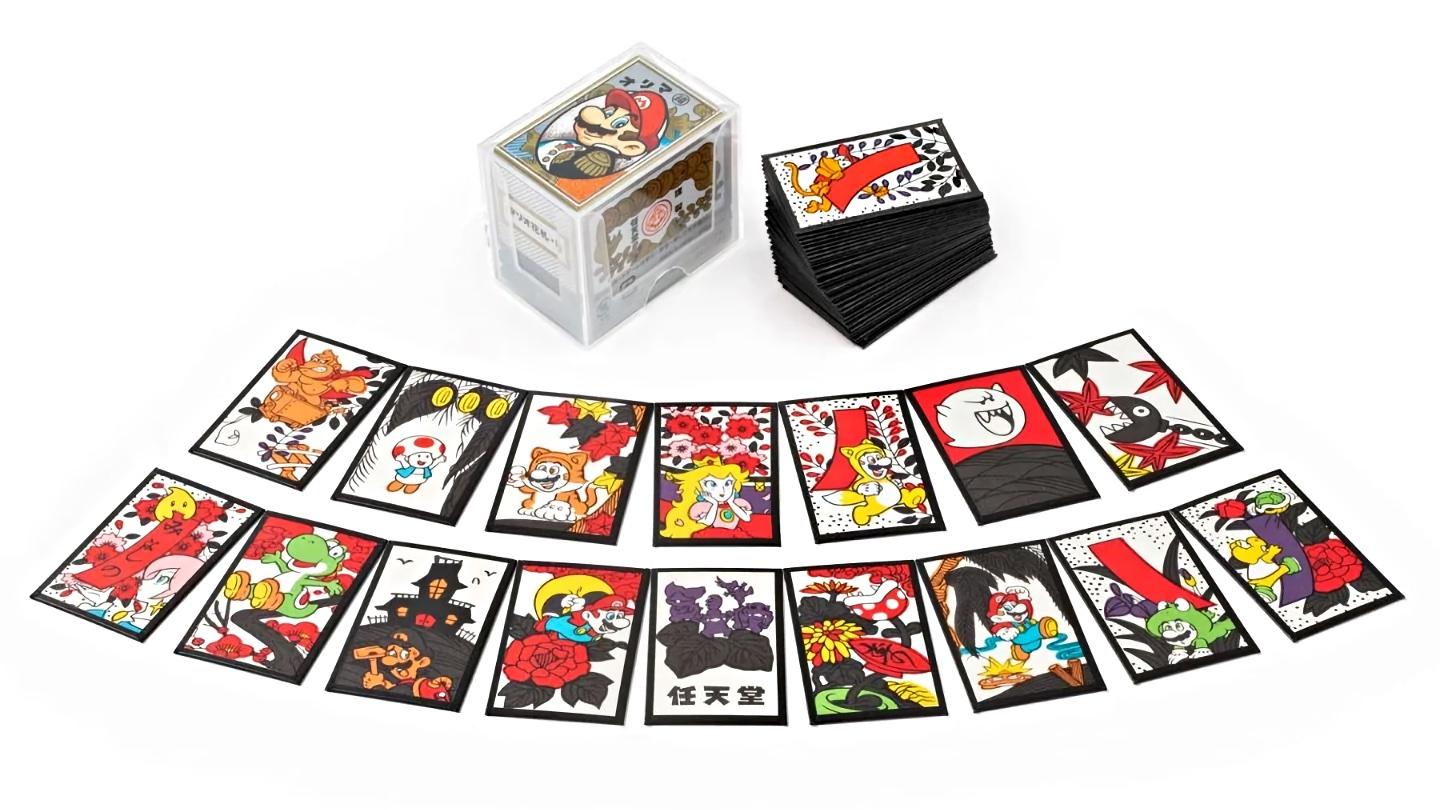
A set typically consists of forty eight cards, divided into twelve suits of four cards each. Each suit corresponds to a month and a flower. Made from stiff card wrapped in paper, they are smaller and thicker than western poker cards.
There are quite a few different games that can be played with hanafuda, the most popular being Koi-Koi.
Junior Hanafuda
The Junior Hanafuda project started when Louie was working on a large set of emoji for Facebook. When he got to the emoji depicting hanafuda, 🎴, he fell down a rabbit hole of curiosity that eventually led him to design a whole deck himself. Louie tells the story in his own words in the Kickstarter video.
Also, don’t miss Louie’s thread on Twitter where he walks through the evolution of Junior Hanafuda.
The first and most noticeable change Louie has made is basing his cards on the standard poker card. The deck is produced by The United States Playing Card Company, the esteemed Bicycle Playing Cards manufacturer. So not only is that artwork top-notch, but the physical quality is also of a high grade.

Traditionally, a 48-card deck features five light (hikari) cards, nine animal or sprit (tane) cards, ten ribbon or wish (tanzaku) cards, and twenty-four plain (kasu) cards. Usually, it takes beginners some time to learn how the different cards look.
Louie took a systematic approach with Junior Hanafuda. A prominent icon representing the flower suit adorns two opposing corners. Each of the four types of cards has a slightly different backdrop. The center is reserved for an identifying feature.
Each icon, based on traditional Japanese mon, is weighted perfectly to harmoniously blend together.

The card backs feature a beautiful illustration that blends Japanese iconography with the style and layout of Bicycle Playing Cards.
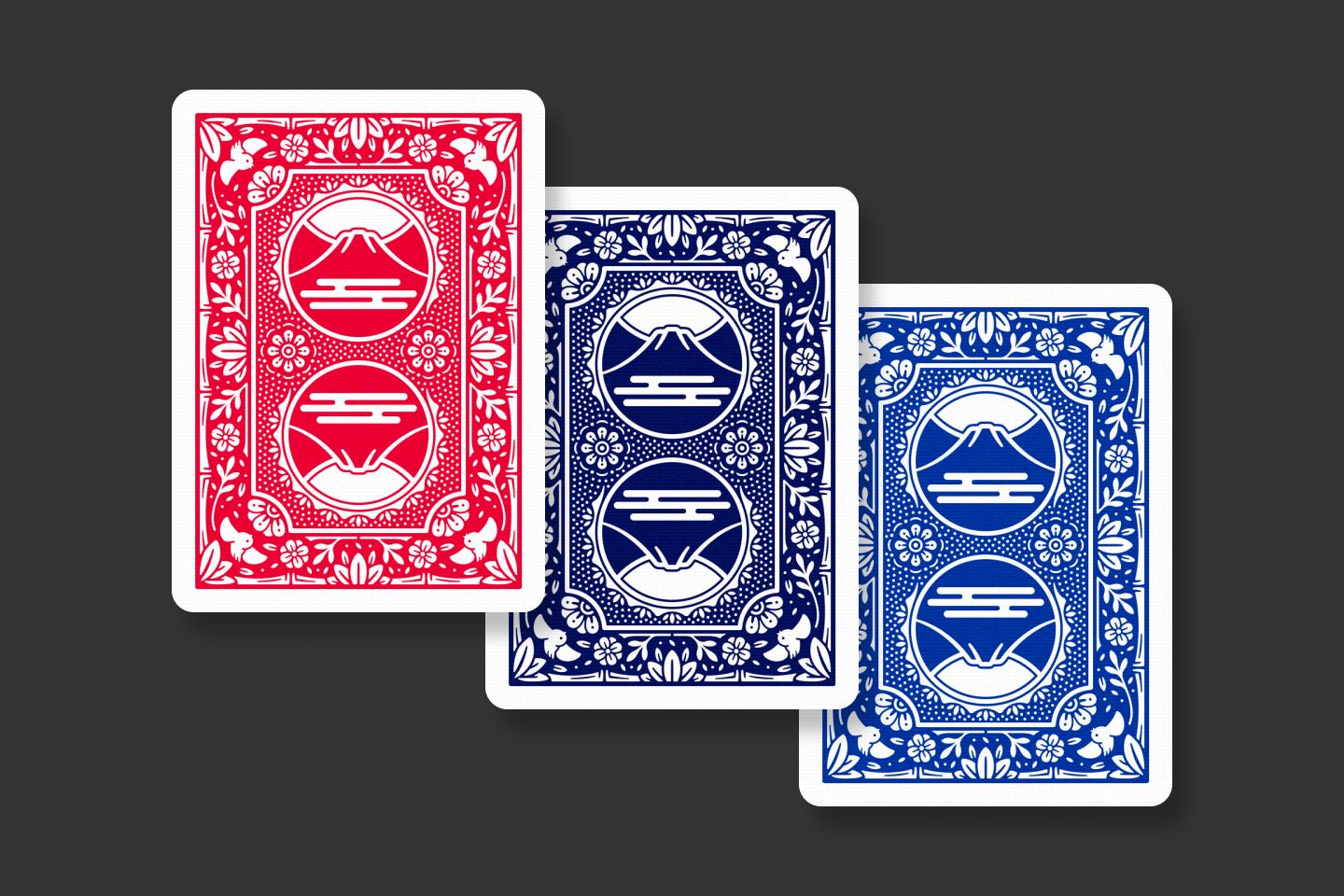
Each of the three decks — Phoenix, Dragon, and Tiger — feature extra suits not found in a traditional set that can be used to play with additional players.
My wife and I have played hours of Koi-Koi this summer using both our set made by Nintendo and the Junior Hanafuda Phoenix deck. We found Junior Hanafuda to be familiar in our hands and a bit more accessible to new players since the suit and class of each card are more clearly indicated. While the game mechanics were the same, we found the aesthetic and tactile experience to be quite different.
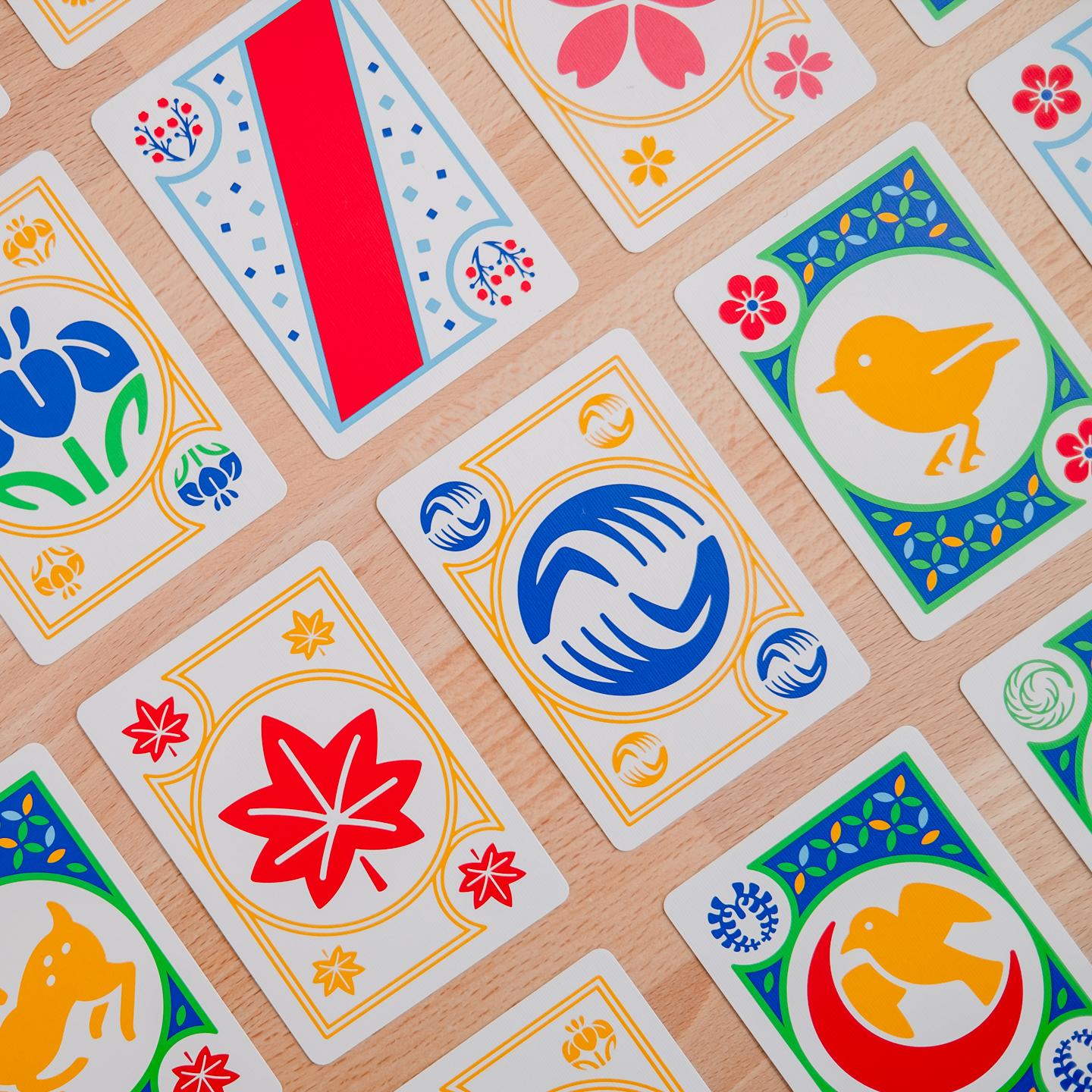
Interview
I’ve been following your work for some time and when I look at Junior Hanafuda, they clearly have your mark on them. Was that the goal or did that happen naturally?
My goal with Junior Hanafuda was to create a deck made learning to play easier. I developed a deep love for hanafuda and I hope others fall in love with them too. Junior Hanafuda went through dozens of versions before it arrived at the ones you see today. While some of the early versions were still very “icon”-focused, as I refined, it became clear how much playing cards really suit the kind of work I already do. I’m glad to hear you can see who they come from by their style, even if I can’t!
How did you choose the dragon, tiger, and phoenix themes for the three different decks?
When I started, I didn’t know how I was going to identify these decks. Lots of playing card manufacturers choose words that theme their entire decks. Either the name guides the design or the design guides the name. However, with my first deck, I made a decision to choose one card from the deck to represent that edition. That first edition became Phoenix. Partly, I think, because I produced it at the end of the year (2019), and the Phoenix card is in the December suit. However, Dragon & Tiger were much more deliberate. One of my biggest inspirations is a hanafuda manufacturer called Matsui Tengudo (松井天狗堂). The cards were brighter and more vibrant than most typical hanafuda in Japan, which is saturated, but with darker colors. At some point, Matsui Tengudo made a Dragon Tiger edition of hanafuda which included, like Junior Hanafuda, two new suits: Bamboo and Lotus. The addition of those is truly notable in that basically every other hanafuda deck only contains only 12 suits. Fourteen seemed absolutely unheard of, but allowed more people to play. Thematically, it is a great addition and fits with the rest of the hanafuda deck, so I borrowed that same idea with Junior Hanafuda: Dragon & Tiger.
Were any cards particularly difficult to draw?
For a lot of the initial design phase, I was working with maybe three different suits: Pine, Sakura, and Maple. I’m not sure there was any rhyme or reason for it, but those are the ones I worked with. In that, the ideas for the depictions of the Crane, Curtain, and Deer cards were pretty locked down early on.

Some changed quite significantly during the production of the current style of the deck, and ones that were more tricky than I anticipated were the Frog, Geese, and Raijin (the god of thunder and lightning) cards. Whether it was proportion or potential confusion with another animal, those were tricky, but I couldn’t be happier with the end result. For lots of these, especially the animals, my partner Alexa Grafera originally drew many of those shapes. We had a few frustrating moments when something didn’t seem quite right to me but felt perfect to them and vice versa. Eventually we got there!
What inspired you to make the leap to the dimensions of western-style cards?
I love the smaller and sturdier hanafuda that is common throughout Japan, but they are very complicated to produce! A long time ago, they were handmade, and creating stencils, manually inking, and wrapping paper is maybe not the part I would find enjoyable about creating playing cards! But I think the more important reason is that I think poker-size cards are more familiar to audiences unfamiliar with hanafuda. I want to bring these kinds of cards and games to people who have never known or considered playing before, so many of my decisions were rooted in “how can I remove every obstacle?” I didn’t want anything to feel like a barrier for people to learn and play.
This project is a big departure from the style of traditional Hanafuda. How did people in Japan receive this project?
This was a huge concern of mine. I was perennially worried that it would be scoffed at or rejected. But as I was drawing the cards, I was constantly checking in with a few of my Japanese friends, most importantly my friend Nobtaka Nukui. Without him, I’m afraid I’d have made many missteps. Nob helped me navigate a lot of unfamiliar things, words, meanings, and stories. But I still didn’t know how it would be received in Japan more broadly until after the first edition was produced and Nobtaka walked down the street and found a playing card shop called Usono Tobacco in Tokyo, and told them about it. Now, this store is extremely cute in its concept: it looks like a cigarette shop, with “TOBACCO” signs and everything, and behind the counter appears to be an array of cigarette boxes… until you look closer and realize they’re all different brands of playing cards! Very clever. (Usono means “fake,” so the shop name is like “Fake Tobacco.”) This shop only sells poker-sized cards, and I suspect every other deck in the shop is a poker deck. So Junior Hanafuda really stood out. And people started buying it. Playing it. Tweeting about it. I was shocked, surprised, and cried. I didn’t know how much it would mean to me to see people with their friends playing with my cards like that. Apart from that, there’s been a few fans here and there that tweet in excitement about these cards, and I’m hoping I can get them into more stores in Japan so more people can see them too!
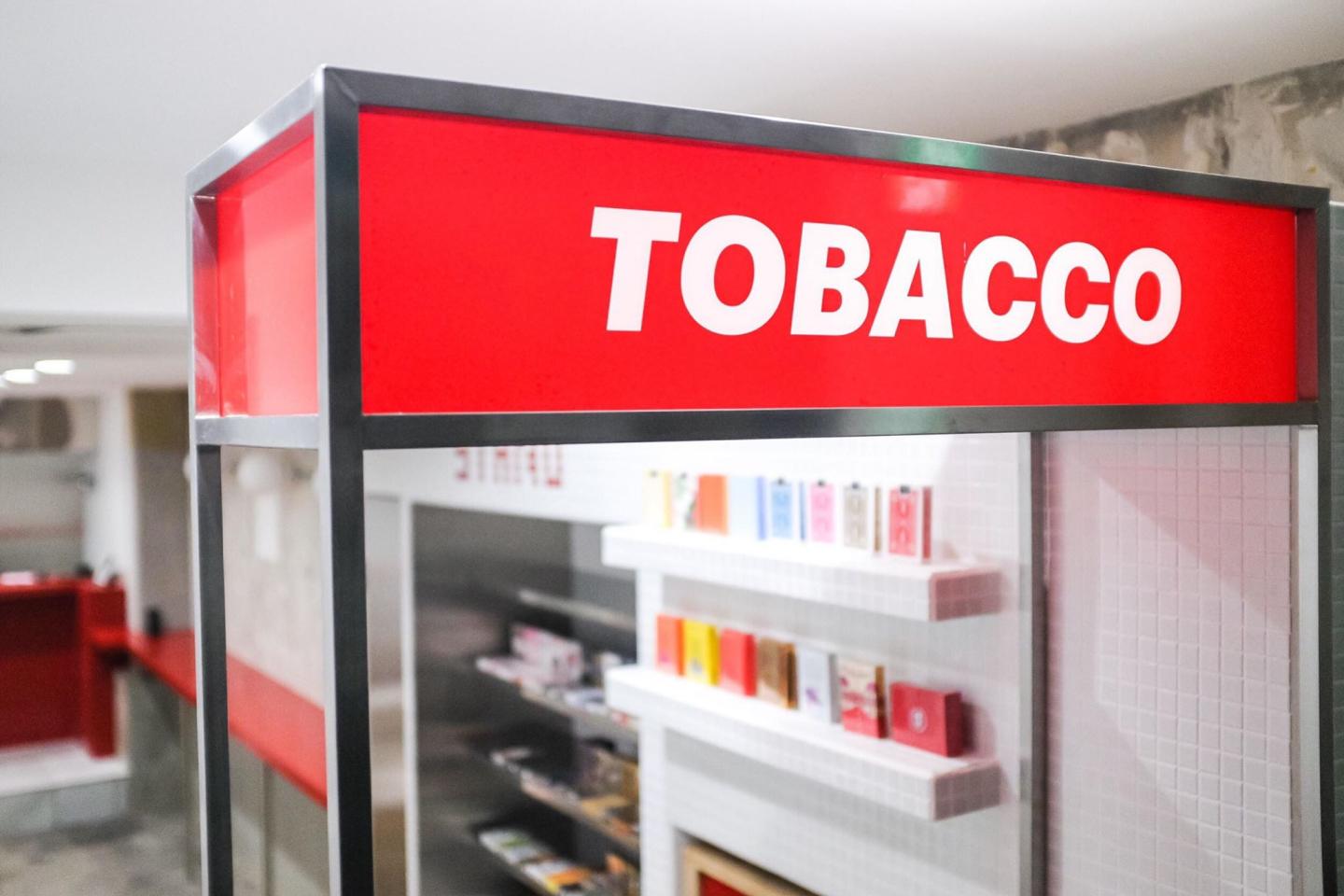
What was the most surprising thing you learned during your research, including the trip to Oishi Tengudo?
The most surprising things I learned are super silly! For example, I think two full years into it, someone in our Discord community (you heard that right, there’s a Hanafuda Discord and there are dozens of us, dozens) told me that there isn’t confetti on the Willow tanzaku card. I looked through decks I had, and… they were right. I was so confused. All the other tanzaku cards have confetti and yet this one did not. Because the Willow suit is so funky with its makeup of cards, I quickly accepted it, but it was a very “Berenstain Bears” moment for me. Other than that, I feel like I was jumping out of my chair a few times there when I noticed or was alerted to small differences between decks. An example of that is how the Iris tane card typically has an 8-plank bridge, but no visible creatures. (That always bugged me, so in Junior Hanafuda, there are Koi instead). But in some of Matsui Tengudo’s decks, there… are fireflies! I suspect none of that stuff sounds surprising to people unfamiliar with hanafuda but after I looked at 40-or-so decks, these little details really surprised me.
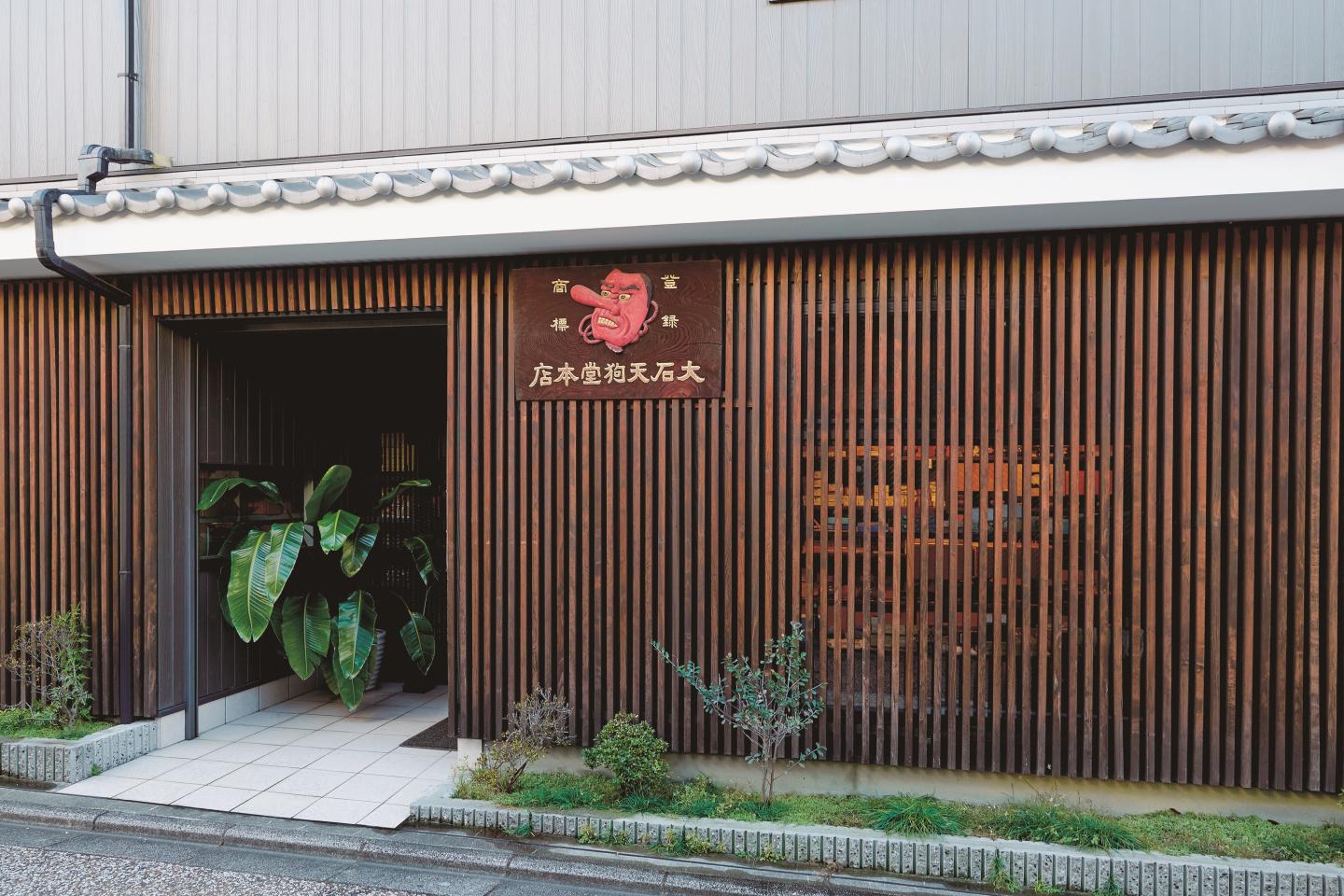
When I visited Oishi Tengudo, it was first-thing in the morning. I think me and my friend Airi arrived just when they opened, but… no one was there! I mean that there wasn’t a shop attendant present. We slowly walked in and around like “kon’nichiwa… ohayō…” until someone revealed themselves. I don’t think they expected anyone so early. I didn’t have much time, so I couldn’t stay there that long but I was pleasantly surprised to see Go boards and other karuta in the shop too. I know them for hanafuda, but make quite a few other things too!
Was there anything you learned in the process of making cards that you can apply back on your icon design work?
I’m not sure if I want to apply this, but when making playing cards vs icons for software, I came to the very sudden realization that once printed, they are done. You can’t go back and change something after they’re printed, cut, boxed, and sealed. It’s just done. And there’s a part of me that had a very tough time with that, because with software, you have opportunities to update and improve. Not to say that you can’t create new editions of decks, but I became obsessive about that last part of the project where you look over everything and make sure it’s finished. You have to be really, really certain when it’s a physical good.
Are you perhaps teasing a future 52-card poker deck on this page?
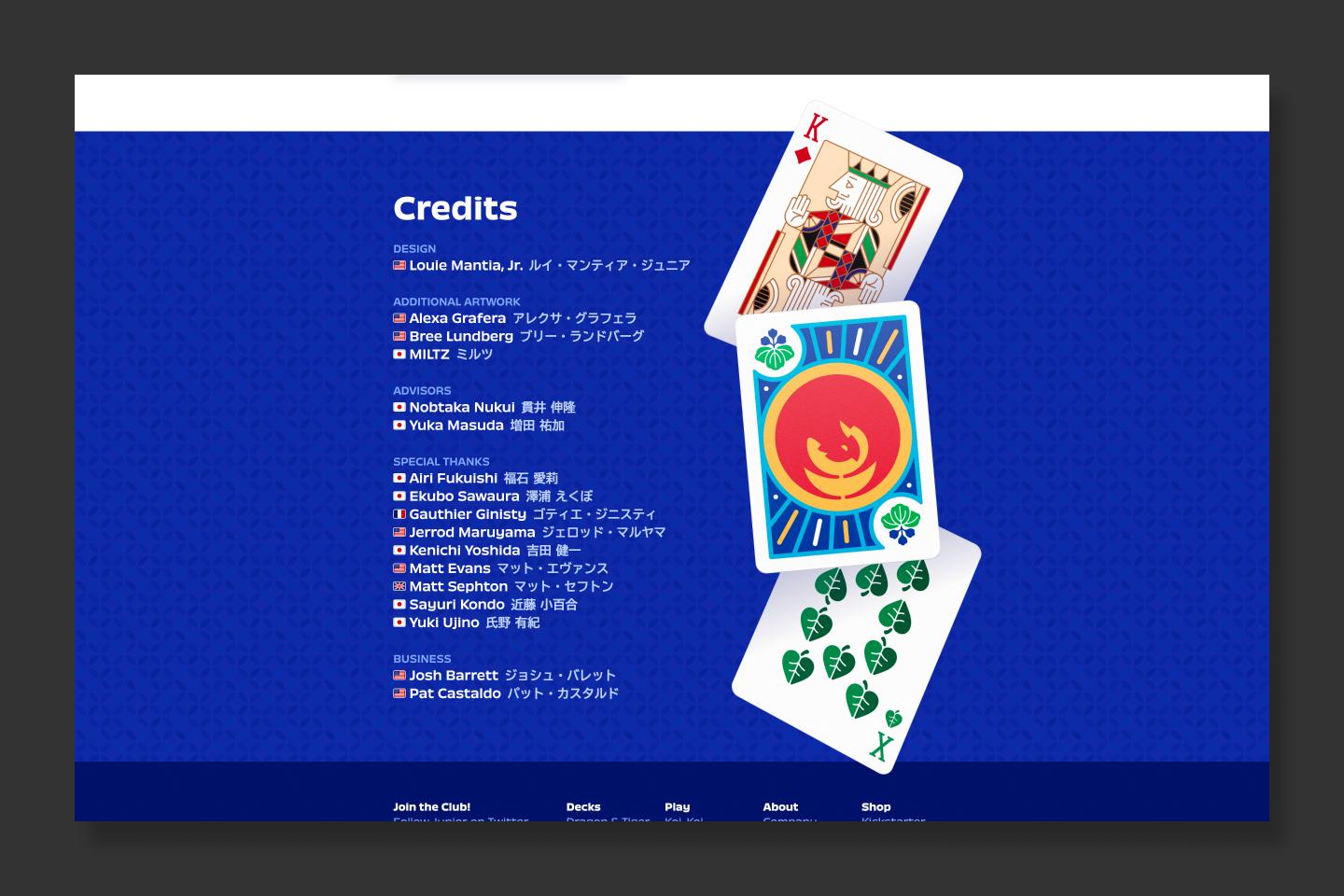
Oh, interesting. How did that get there?
How to get your own set
The Junior Hanafuda Kickstarter is well underway, having already met its fifteen thousand dollar goal. There are a variety of funding levels including a three-deck set in a paulownia wood box and a deluxe level that includes a signed uncut sheet of cards. The campaign ends on October 29, 2020.
If you are looking for something to do with family or roommates when stuck at home during this pandemic, I couldn’t think of anything better than playing some Koi-Koi or Hanaya with Junior Hanafuda.
Thanks to Q for reading drafts of this. Thanks to Louie Mantia for the fun interview, for the original artwork including the cover photo for this post. Mario hanafuda photograph credit Nintendo. Oishi Tengudo photograph credit Bukkyo University.